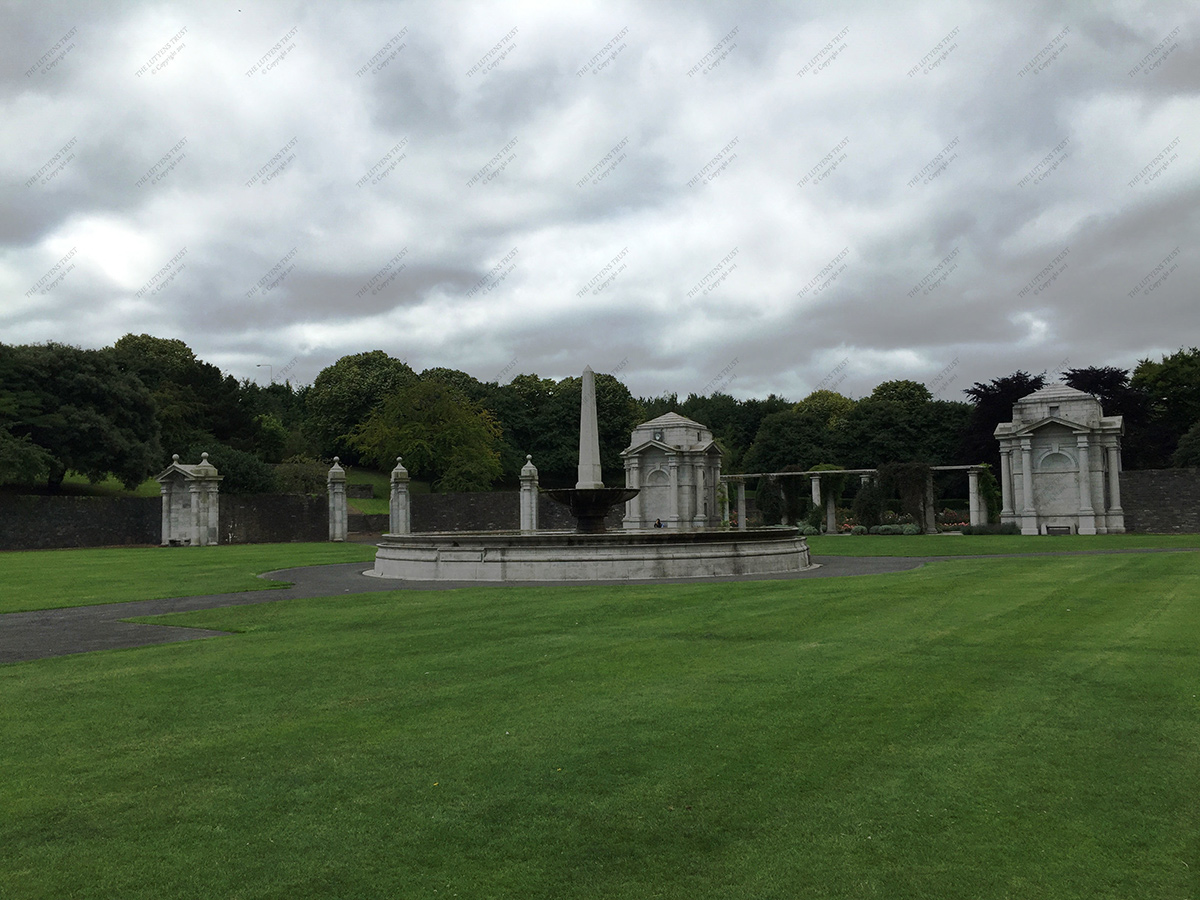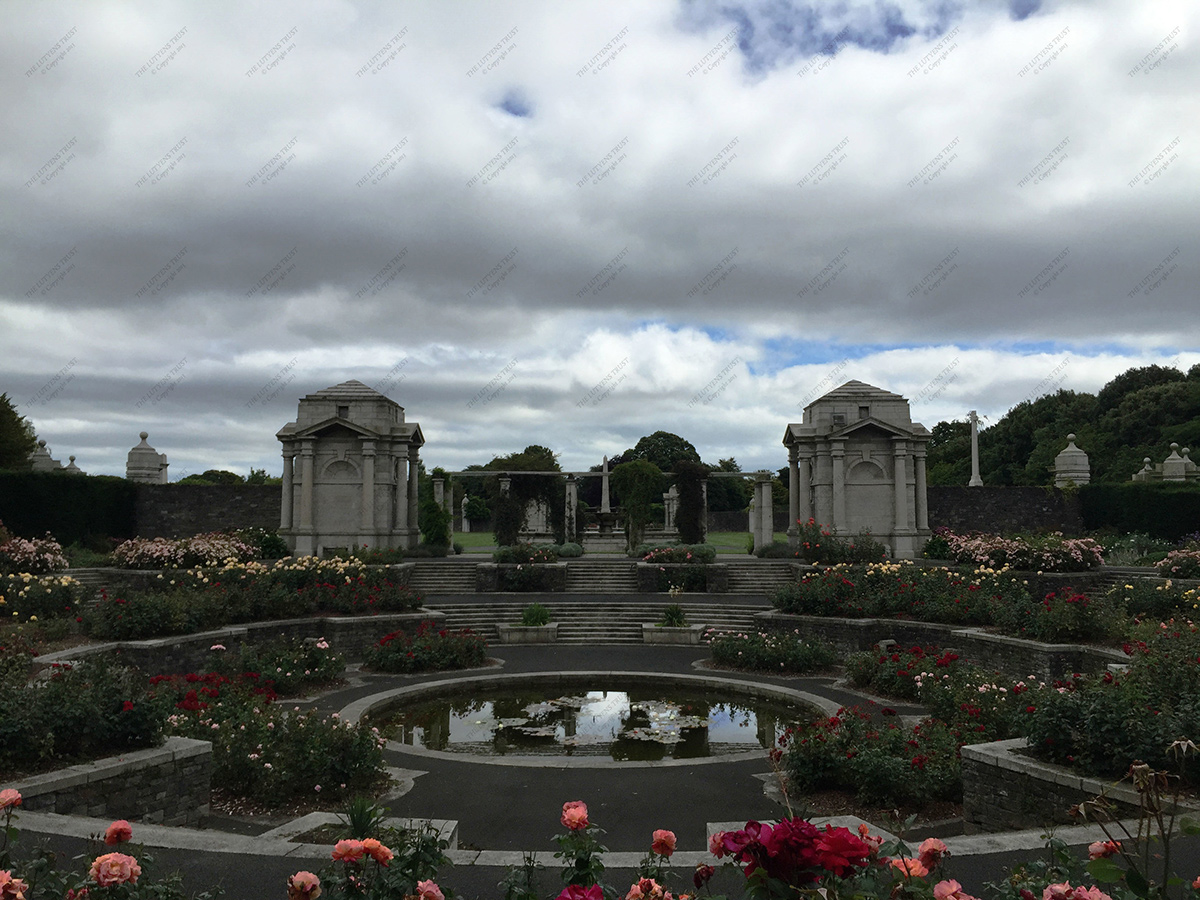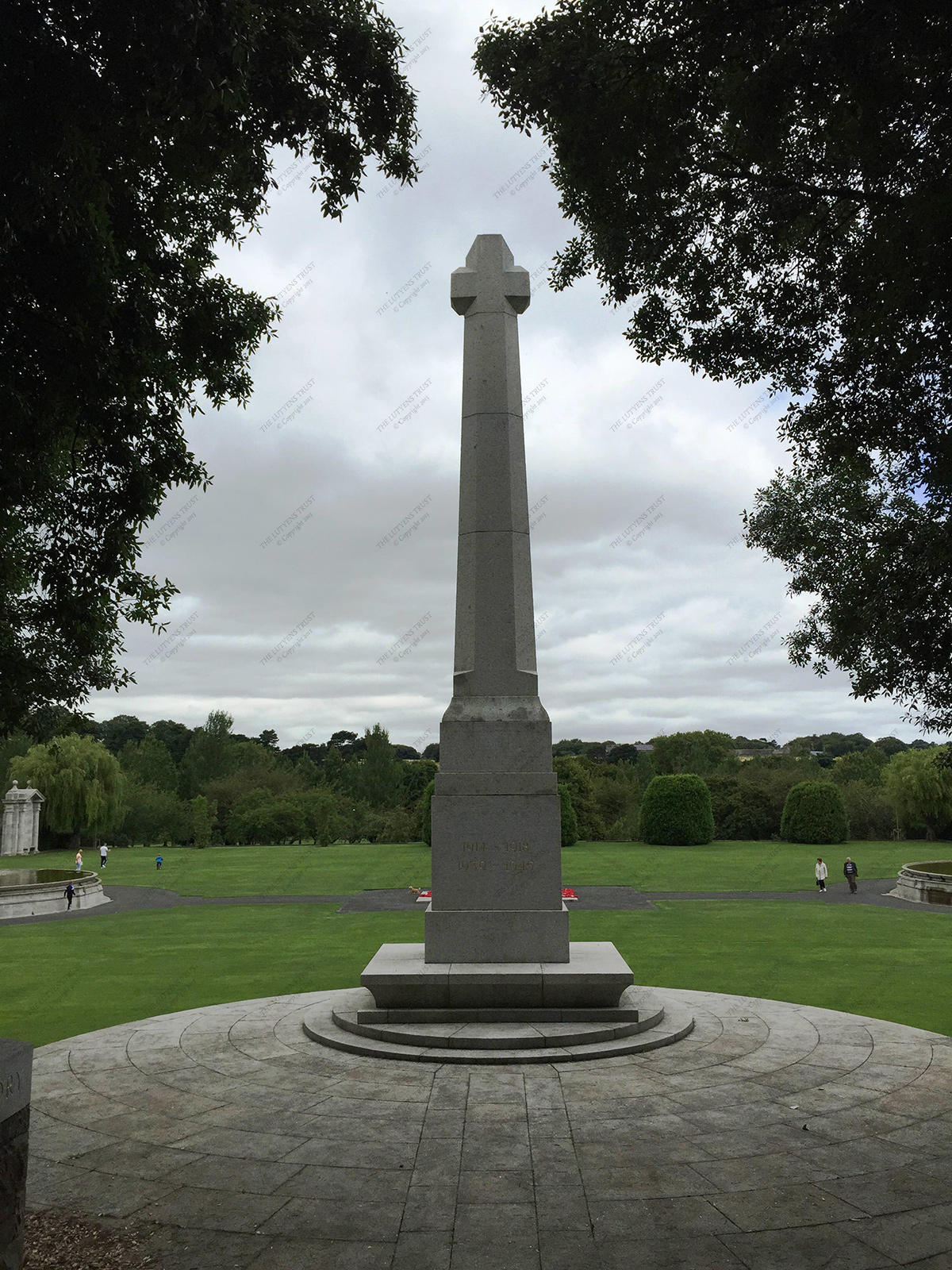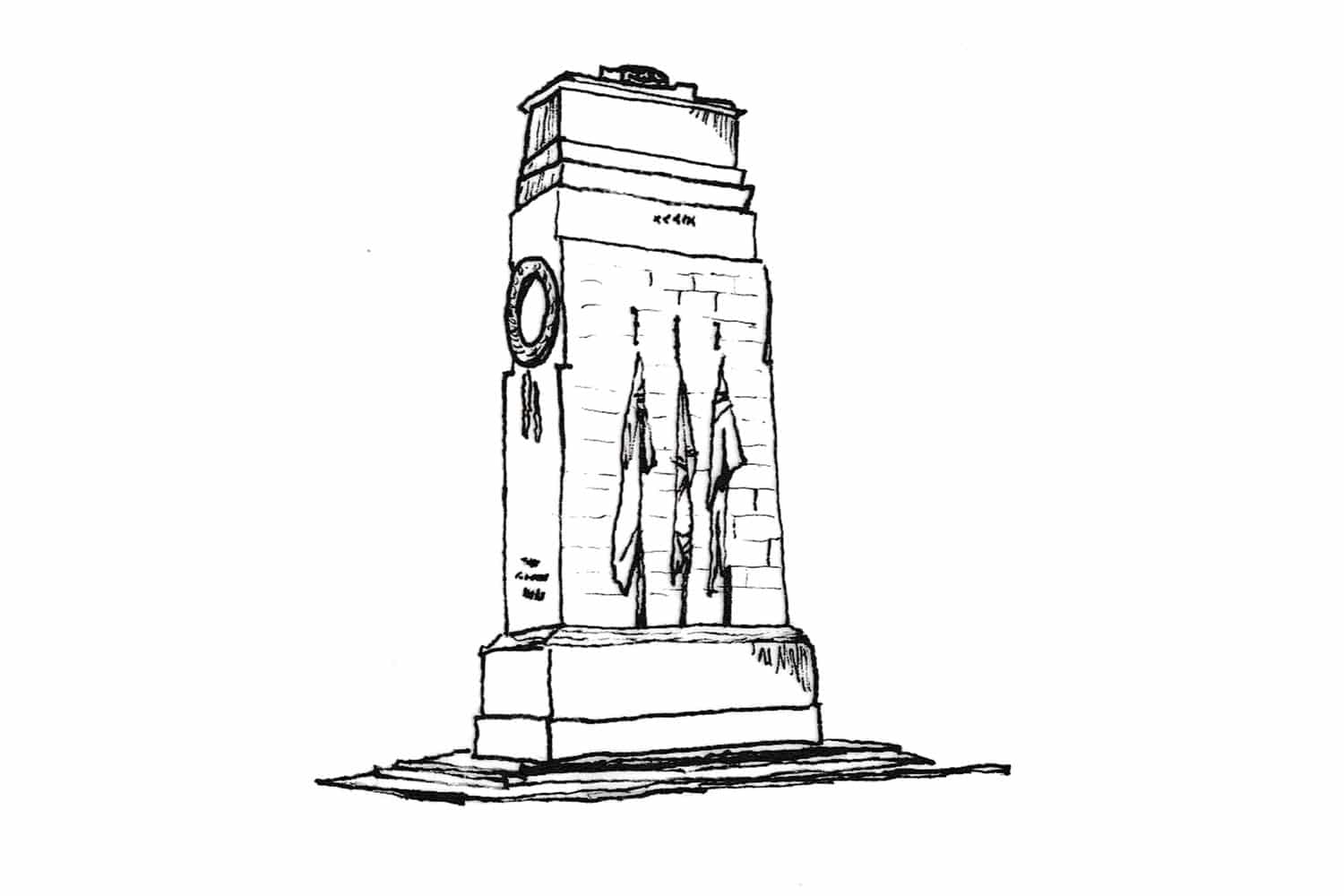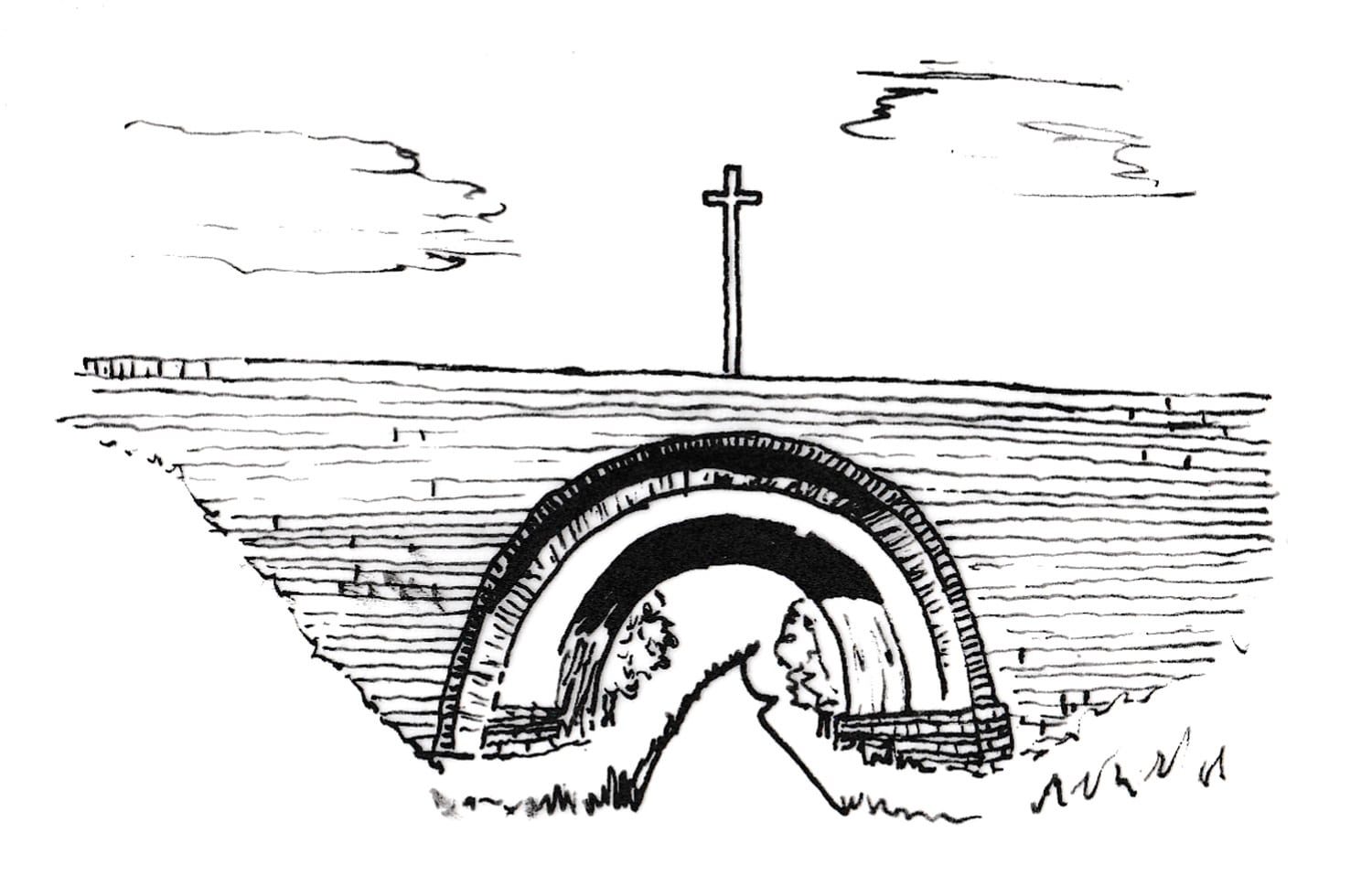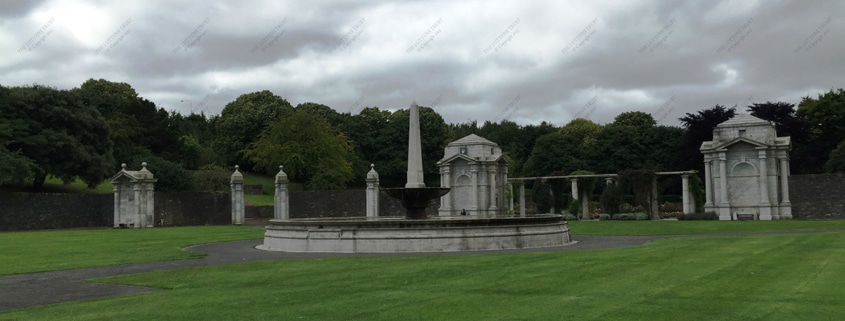
Description
The Memorial to the Missing of the Somme at Thiepval is the largest British war memorial in the world and its brooding presence serves as a sombre reminder of the huge loss of life during World War 1. The Imperial (now Commonwealth) War Graves Commission had determined that the death of every soldier would be recorded in the battle area where they fell – either via their grave or, if their body could not be found or positively identified, then through a series of Memorials to the Missing. The struggles to take the land in this part of the Western Front are well documented and, as a consequence, a memorial was needed that could accommodate 73,000 names.Lutyens’s solution to this challenge was a series of 16 square pillars faced with limestone panels for the inscriptions that supported a series of four interpenetrating arches of differing heights. It is a masterful design and shows the architect at the peak of his powers. The original plan was for the memorial to span the road north of St Quentin but objections from the French highway authority and other concerns led to it being relocated to Thiepval, where it forms a significant landmark in the local countryside. (Contributor: Tim Skelton)
In this massive and complex structure of brick and stone, as large as the Arc de Triomphe, Lutyens’s interest in developing the possibilities of the triumphal arch form, developed in the abandoned St. Quentin memorial design and in earlier memorial designs, at last achieved consummation. The basic theme is that of a hierarchy of arches, of his favourite proportions of 2 ½: 1, with the height of the smallest arch being the level of the springing of the next arch, which is at right angles to the first, and so on up to the main arch whose springing is seventy feet up. At the same time the mass of the structure, a composition of geometrical blocks, receded by a series of set backs. The sophisticated mathematical calculations required in this design are evident in some of the surviving working drawings. The result is a building whose form can only be appreciated visually: on the main axis the Memorial seems to be a thin, open arch; on the diagonal it appears as a rugged, pyramidal mass. The penetration of the mass by the series of interlocking tunnels created a ground plan of sixteen rectangular piers, and this was the initial governing purpose behind the design for this gave wall space enough to carve the names of 73,357 men who disappeared in the battles of the Somme between July 1915 and March 1918. A terrible purpose and a sublime geometry are united in this most intellectual and yet most immediately tragic of Lutyens’s executed works. (Amery et al, 1981, Cat no. 298)
Bibliography
Amery, C., Richardson, M. and Stamp, G., (1981) Lutyens, the Work of the English Architect Sir Edwin Lutyens (1869-1944): Hayward Gallery London, 18 November 1981 – 31 January 1982. London: Arts Council of Great Britain.Also Cited In
Listing Grade
N/AListing Reference
Client

